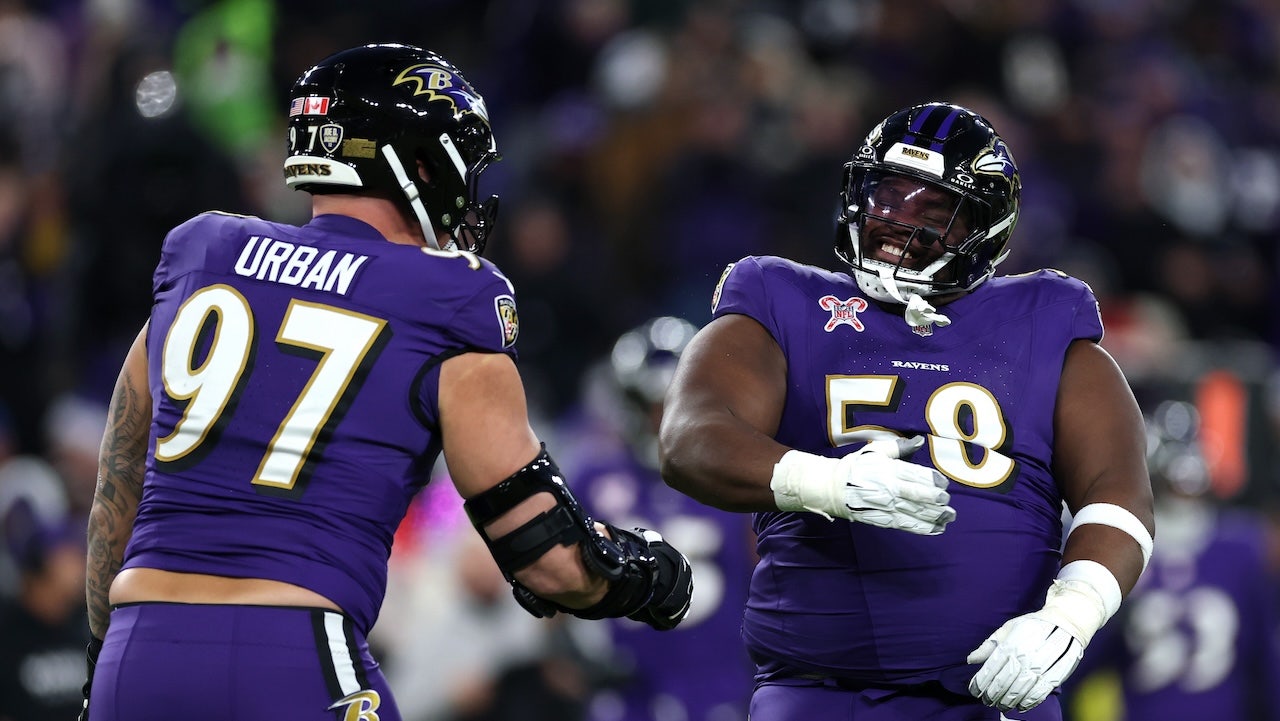Athletes find a fierce opponent in climate change

In the world of elite sport — and the kids who dream of getting there one day — playing through pain is a reality.
When it comes to heat, that can be deadly, says University of Toronto sports ecologist Madeleine Orr.
“I’ve spoken to families who’ve lost their sons, usually, on a field,” she said.
“It’s devastating to see those numbers go up, especially because it’s 100 per cent preventable.”
Orr, whose expertise blends kinesiology and climate studies, has been gathering the data and sounding the alarm about the impact of climate change on the body, on competition, and on the culture of sport.
She says if there isn’t an environment where the athlete can say “I’m not okay,” they might not get help, or take the break they need.
“That’s what we consistently see, especially — and this is really important — in team sports, and especially among boys.”
With the 2024 Summer Games set to kick off in Paris later this month, Olympians and others are calling for a wider acceptance that sport needs to adapt.
“We’ve studied that there is a sense among especially older coaches, trainers, et cetera in the sport institutions that ‘we got through it when we were young,'” said Orr.
“The conditions in the 70s, 80s and 90s are not the conditions our athletes are facing today.”
Olympians voice concern
Dangerous conditions are emboldening high performance athletes to rebel against the tradition of play at all costs.
“I’m a fighter, I can finish the match, but I can die,” Russian tennis player Daniil Medvedev told the umpire at the Tokyo Olympics in 2021, after two medical time outs in what felt like 37-degree heat.
Widely accepted as the hottest Games ever, even specialized heat training couldn’t acclimatize many of the competitors.
Canadian sprint canoe athlete Laurence Vincent Lapointe says she remembers feeling “too sick to move” between races.
“They had to lay me down in an [air-conditioned] room with Gatorade, electrolyte water, and lots of protein bars and just like put pressure sleeves on my legs, legs in the air,” said the bronze and silver medallist.
Spanish tennis player Paula Badosa was defeated by heat mid-competition, and left the court in a wheelchair.
“It’s certainly dangerous for athletes to be competing in any conditions that get into that mid-30s range. And the reason is it becomes basically impossible physiologically to cool the body past that point,” said Orr, author of the recent book Warming Up: How Climate Change is Changing Sport.
Athlete activism
The upcoming Games may surpass Tokyo’s heat records, according to some projections.
Last month, the British Association for Sustainable Sport and Australian advocacy group FrontRunners brought together the experiences of 11 athletes, as well as climate scientists and physiologists to voice concern about the Paris Olympics.
The Rings of Fire report outlines impacts of heat through the voices of athletes.
“I feel like we have brushed up against the true limit of what could be expected of athletes’ resilience,” the report states, quoting Olympic bronze medallist in tennis Marcus Daniell.
“It was absolutely horrible, one of the worst experiences I’ve ever had, no exaggeration,” said marathon swimmer Hector Pardoe in the report, describing his race at the 2022 World Championships in Budapest.
“I was practically paralytic, I couldn’t speak or move and had a very painful migraine. I suffered from vomiting, blurred vision, muscular fatigue.”
Sebastian Coe — a former Olympian, Conservative politician and now president of World Athletics — also put forward a strong message in the report, calling on the sports community to “not just be spectators.”
“Climate change should increasingly be viewed as an existential threat to sport,” he wrote.
Winter sport at risk
But it’s not only Summer Games that may need adjustments in a changing climate. Warmer winters are also wreaking havoc on the field of play.
At the FIS World Championships in February 2023, Austrian skier Julian Schutter presented a letter to the Ski Federation (FIS), calling it to further its sustainability commitments, and recognize climate change as an existential threat to sport.
The letter currently has nearly 500 signatories, including 21 Canadians.
Activist groups like Protect Our Winters, for which Schutter is an ambassador, empower athletes to speak up on their personal experiences, like being unable to compete safely.
Nine alpine world cup events were canceled due to rain and warm weather in 2024 alone, as the certainty of snow and competition becomes a luxury of the past.
A study lead by Waterloo University’s Daniel Scott quantified the loss of ground faced by winter sport in the wake of global heating, finding that if global greenhouse gas emissions are not reduced, only one of the 21 cities that have previously hosted the Winter Olympics would be able to reliably provide fair and safe conditions for snow sports by the end of this century.
Lack of snow has already posed major challenges for Olympic organizers, at Vancouver’s 2010 Olympics and in Beijing in 2022.
The International Olympic Committee hasn’t shied away from the dilemma, citing climate concerns as the reason it hasn’t yet selected the hosts for the 2030 and 2034 Winter Games.
Summer sport settings are also being jeopardized, with flooding washing out community fields and stadiums alike, and wildfire smoke forcing players indoors.
What sports can do
Extreme weather is an inevitability that Orr says the athletic world needs to be ready for.
“My big point is every sports organization, whether you’re working with little kids who are seven or an Olympian, needs to have a heat and air quality policy as soon as possible. ” she said.
Orr suggests normalizing heat breaks, and building on existing extreme weather protocols like lightning policies, is a good way to start.
She also suggests that competition schedules and seasons may need to shift.
A changed season is not as unprecedented as it may sound — the 1964 Tokyo Olympic Games were held in October, as were the 1968 Mexico City Games — but Orr says she believes wider industry considerations are at play in 2024.
“There’s a reluctance, quite frankly, to compete with American football, so they don’t want to move [the Olympics] into September or October because NBC and other big broadcasters want to carry the Premier League in Europe and American football in the U.S.”
“I think people will adapt,” she said.
“It can’t be something that we just drop on people and say, hey, tomorrow, you know, our next year, the schedule shifting completely […] but I think people in good faith are willing to get on board when it’s about health and safety.”
The Olympics kick off in Paris on July 26, and run until August 11.




